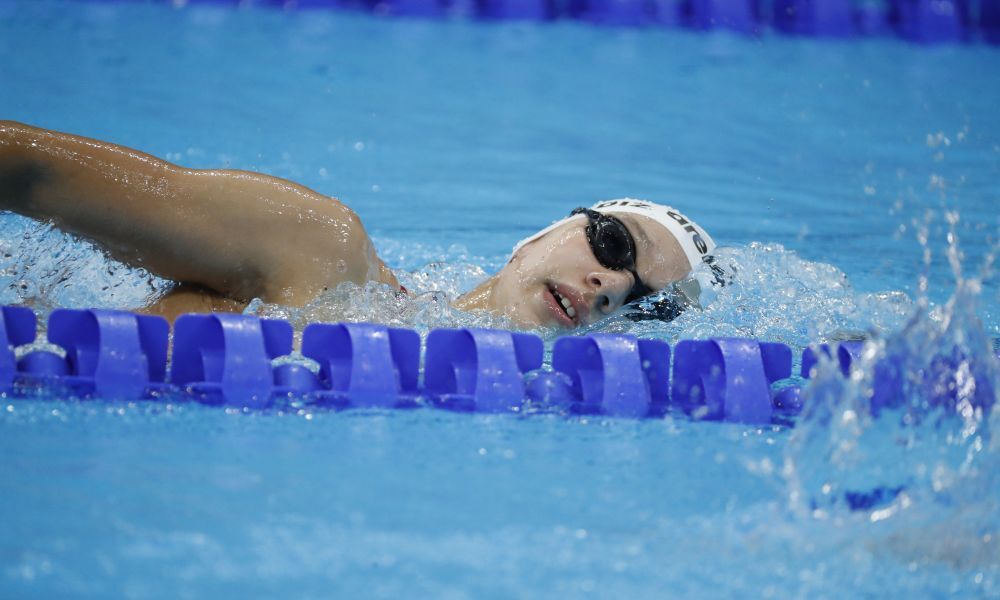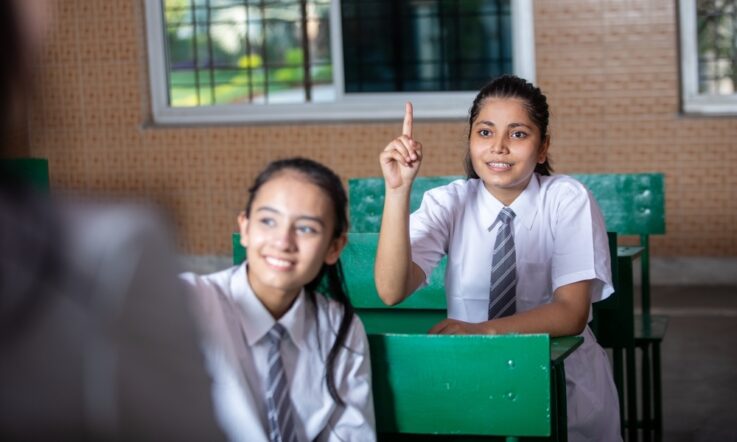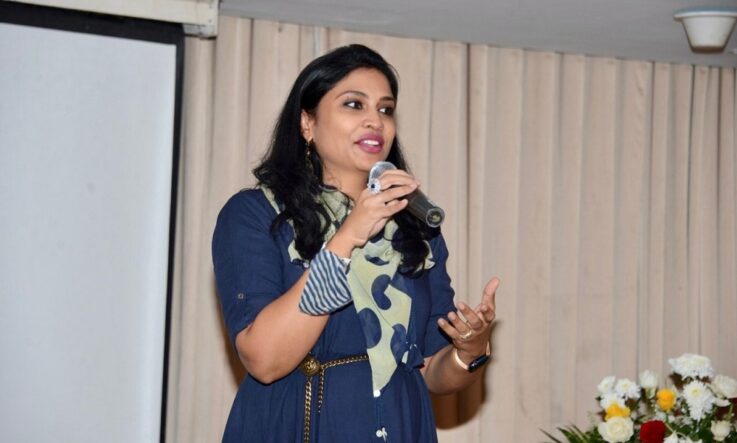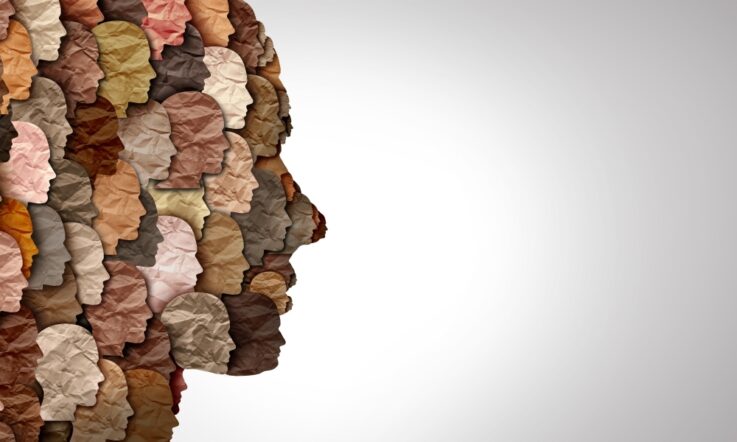The Tokyo Olympics 2020 has brought to the forefront the issue of teaching sports and encouraging physical activities among students.
The excitement of the 2020 Tokyo Olympics gripped celebrities and netizens in India. The global event also stirred discussions on mainstreaming sports in the school curriculum. Should Indian schools consider sports at par with core subjects? How can schools encourage physical fitness?
Research suggests that sports can be a powerful tool for the holistic development of children. A report by the United Nations Children's Fund (UNICEF) and Barca Foundation highlighted that participation in sports improves children’s educational outcomes and skills such as empowerment, leadership, and self-esteem. This further boosts their wellbeing and prepares them for future challenges.
The United Nations Educational, Scientific and Cultural Organization (UNESCO) promotes value-based education through sports. Children can be taught fairness, teambuilding, equality, discipline, inclusion, perseverance, and respect through teaching sports. UNESCO has developed a Values Education through Sport (VETS) program which has a cross curricular approach.
In search of evidence on the impact of play on learning, the Australian Council for Educational Research (ACER) and LEGO Foundation are examining if playful approaches bring positive changes to literacy and social and emotional skills of children. ACER describes learning through play as, ‘…play that involves children’s interactions with people, objects or representations as the context for learning. It also helps in language development and self-regulation.’
Institutions affiliated to the Central Board of Secondary Education (CBSE) have to allocate one compulsory period for Health and Physical Education (HPE) for Grades 1 to 12. Participation of students in HPE is also a criterion for eligibility in board examinations in Grades 10 and 12.
Schools-level initiatives are essential to nurture and promote sports and physical fitness among children and young adults. However, the pandemic has given rise to a new set of challenges in this area.
Dimple Puri, Head of DLF World School in Greater Noida, said that the focus on sports in schools has declined over the years and this must change now. ‘It is becoming increasingly important to include sports in the educational curriculum in order to help students achieve their true potential.’
The pandemic has affected the physical fitness of students due to school closures. Schools have introduced interventions that help students stay active and involved in sports even as they continue to learn remotely.
‘Our school works towards integrating the 17 Sustainable Development Goals into its teaching-learning process. During this pandemic, we organised a virtual inter-school event “Commit to be Fit” to promote SDG Goal 3 and emphasise the importance of a healthy lifestyle within our school and beyond. Schools were invited to showcase student-led sports interventions that helped children to make health and fitness a part of their daily lives,’ Ms Puri said.
‘Our decision on whether to make sports at par with core subjects should be informed by available research. Schools have become overtly focused on core academic areas such as numeracy and literacy. Research (for example, Keeley & Fox, 2009; Rasberry et al., 2011; Trudeau & Shephard, 2008) show that physical activity promotes classroom performance and should be emphasised in schools.’
CBSE, in its 21st century skills handbook, recommends integrating sports in teaching and learning for the development of skills such as teamwork, collaboration, and decision-making.
Ms Puri added, ‘A smart and dynamic curriculum is the need of the hour. Our weekly learning schedule for students has been divided into morning and evening cycles. The morning cycle focuses on developing cognitive abilities whereas the evening cycle provides holistic learning experiences with the help of sports and extracurricular activities.
'We have focused on the individual needs of our students and leveraged the participation of parents during the pandemic. Online talent hunt events and yoga studios are organised in morning assemblies, and students and parents have had the opportunity to showcase their culinary skills, art and craft, singing, dancing, and fitness.’
The initiatives of individual schools and teachers can help to build a school culture where sports is no longer viewed as secondary. On the contrary, the achievements in sports and physical fitness are celebrated with parents and the wider community.
What are some of the initiatives that your school has undertaken to encourage sports and physical fitness during the pandemic? Write to us at commsindia@acer.org.



